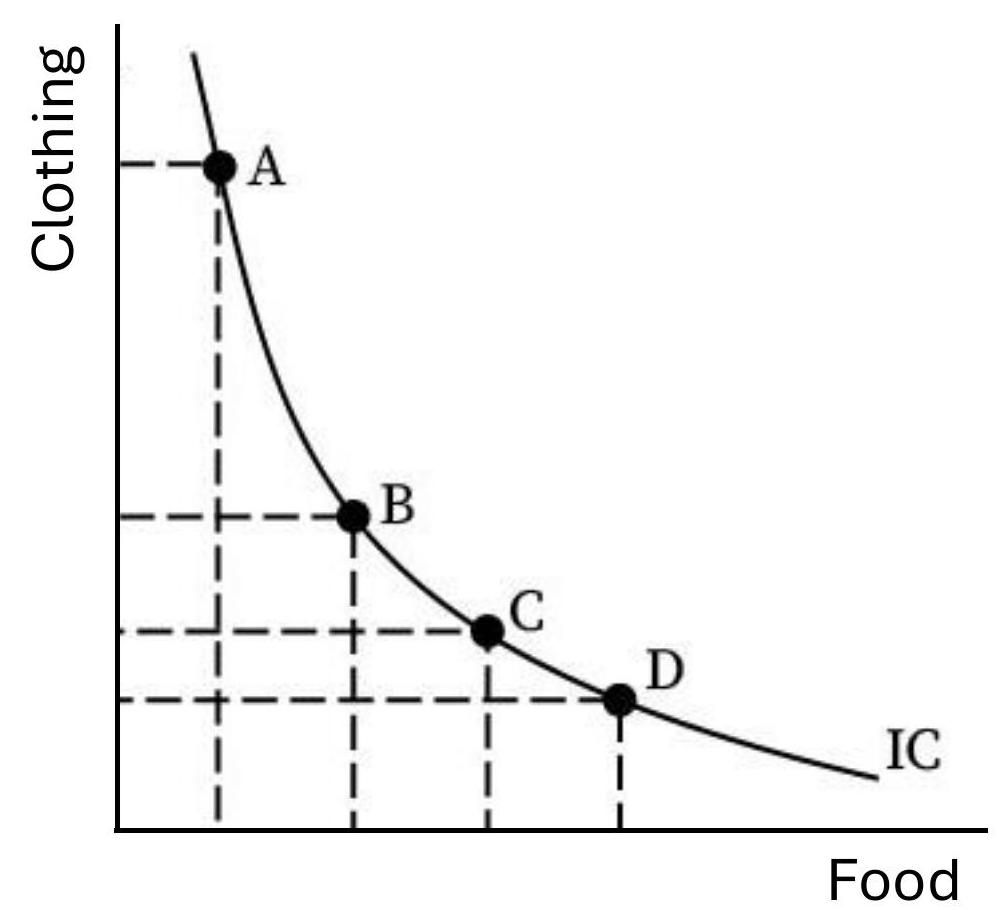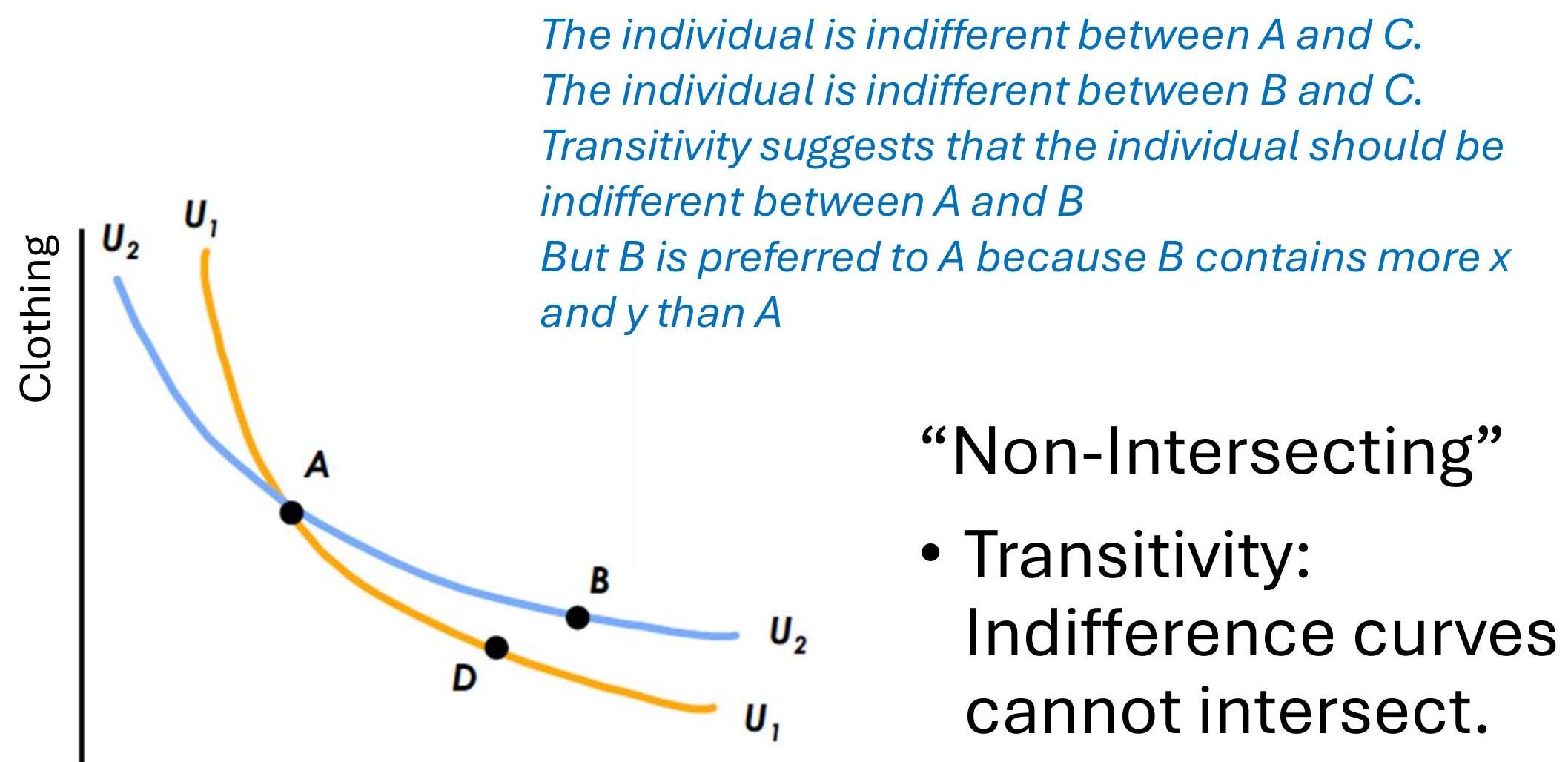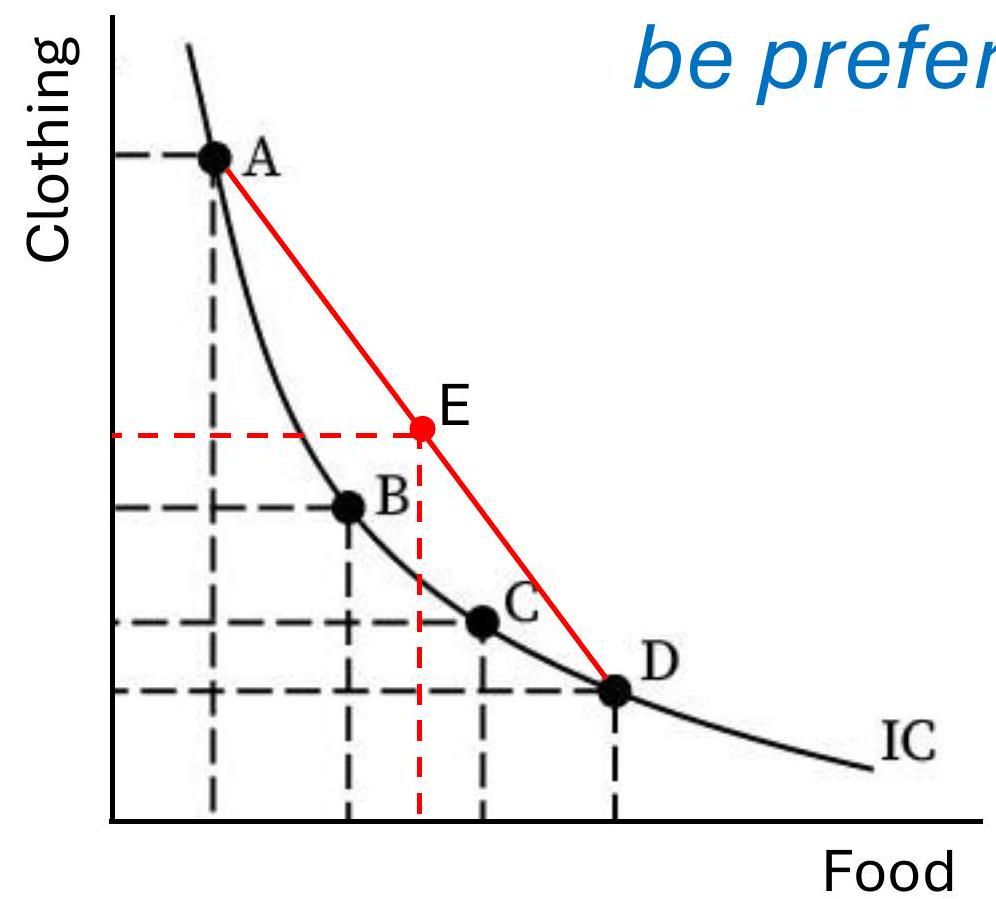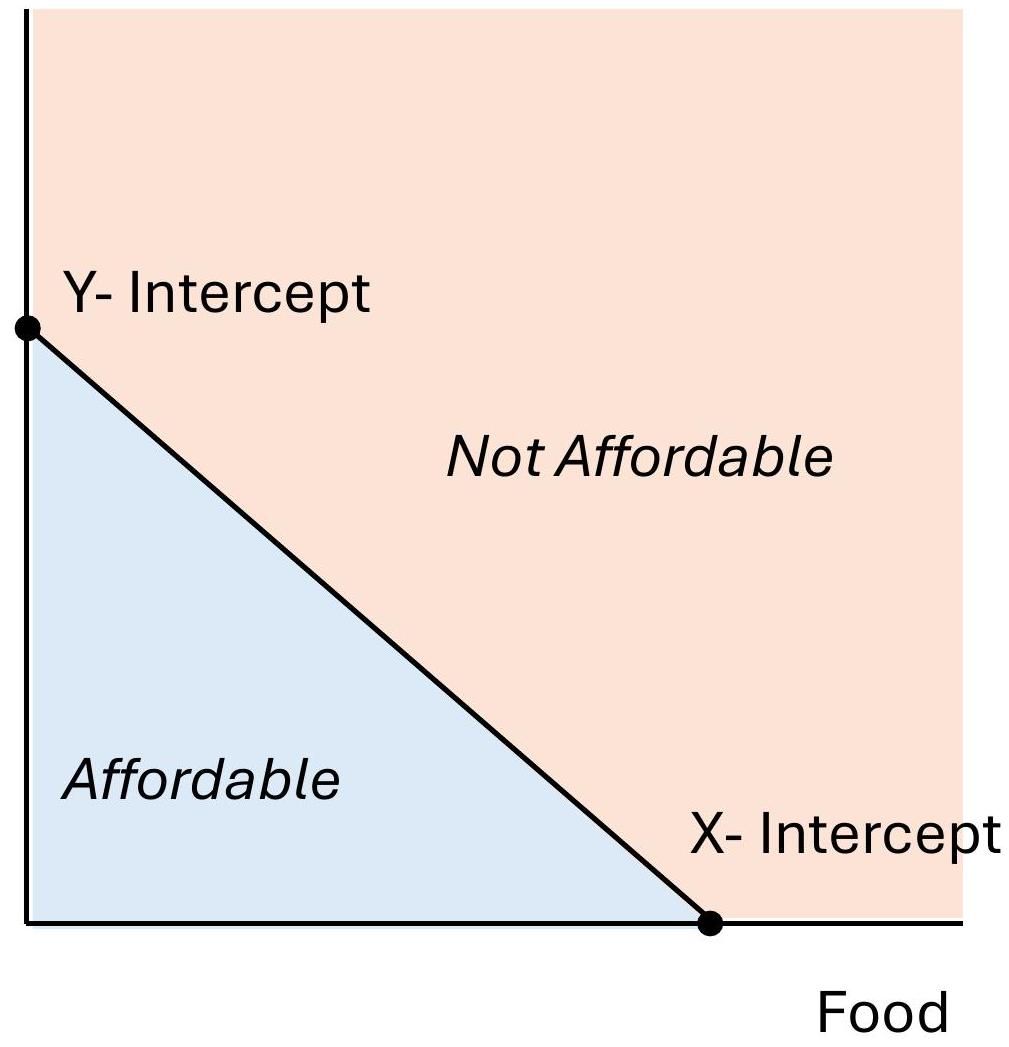Principles of Microeconomics
- Notes
- Video
- Cheatsheet
- Quiz
Beta
Start Recording
00:00:00
Microeconomics Principles
1. Introduction
Consumer Behavior Theory
2. Consumer Preferences
Preference Properties
Utility & Preferences
Indifference Curves
Marginal Rate of Substitution
3. Budget & Optimal Choice
Budget Constraints
Optimal Choice
Corner Solution
- Click to pin1.Theory of Consumer Behavior
- Click to pin2.Basic Properties of Preferences
- 3.Utility and Preferences
- 4.Indifference Curves
- Definition
- Downward Sloping
- Increasing Utility
- Non-Intersecting
- Convexity
- 5.Marginal Rate of Substitution (MRS)
- 6.Budget Constraints
- Definition
- Budget Line
- Click to pinChanges in Income and Prices
- Click to pin7.The Optimal Choice
- 8.Corner Solution








